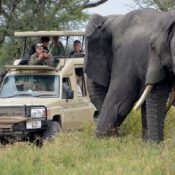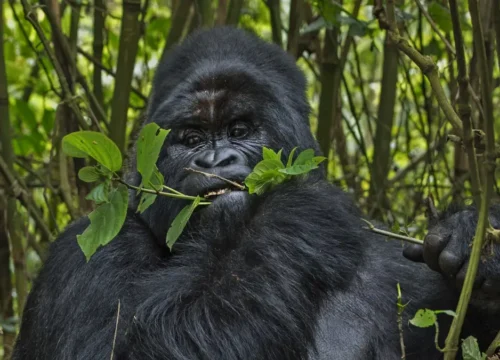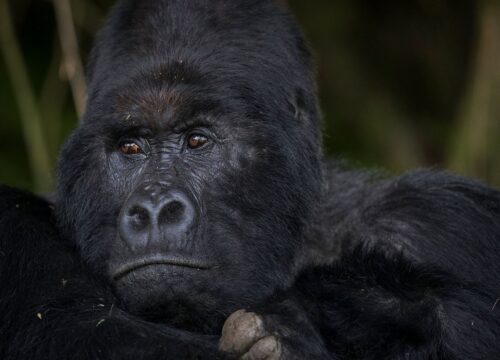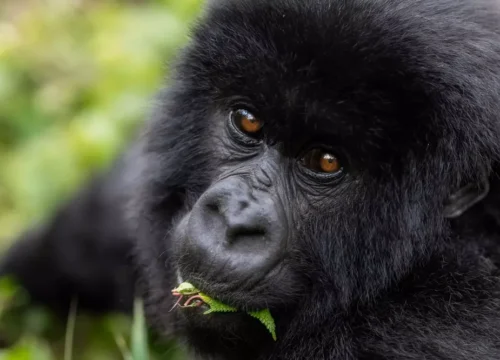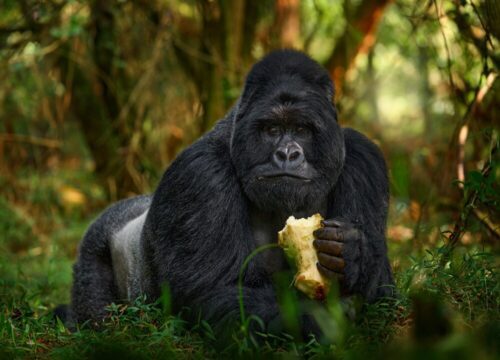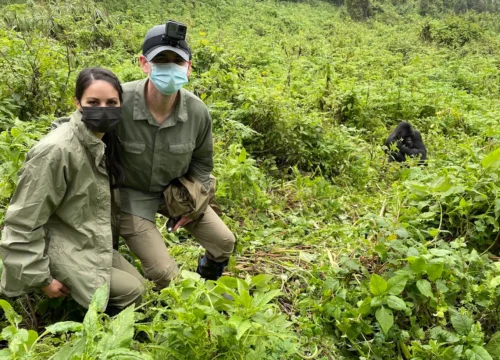The Big Five Animals Kenya
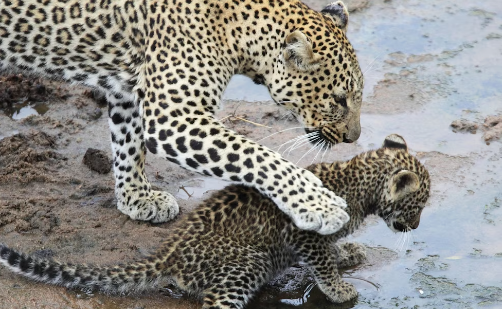
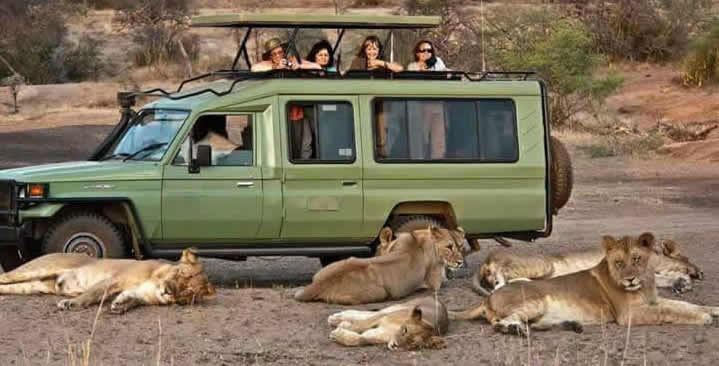
The Big Five Animals
Kenya is a located in East Africa, bordered by Ethiopia to the north, Somalia to the northeast,Tanzania to the south, Uganda to the west, South Sudan to the northwest, and the Indian Ocean to the southeast. Its geographic coordinates are approximately between 5°N and 5°S latitude and 34°E and 42°E longitude.
The country covers an area of about 580,367 square kilometers (224,081 square miles), making it the 48th largest country in the world by land area. Kenya’s diverse landscape includes coastal plains along the Indian Ocean, fertile highlands in the central and western regions, and arid and semi-arid areas in the northern and eastern parts of the country. The Great Rift Valley, a geological trench that extends from the Middle East to Mozambique, traverses Kenya from north to south, creating dramatic landscapes, lakes, and mountains.
Kenya’s capital and largest city, Nairobi, is situated in the southern part of the country, within the highlands region. Nairobi serves as the economic, political, and cultural center of Kenya. Other major cities include Mombasa, Kisumu, Nakuru, and Eldoret.
The country’s diverse geography contributes to its rich biodiversity, with varied ecosystems ranging from savannas and grasslands to forests, mountains, and coastal areas. Kenya is renowned for its wildlife reserves and national parks, which are home to iconic African species such as lions, elephants, rhinoceroses, giraffes, and zebras.
Kenya’s location in East Africa not only provides it with stunning natural landscapes but also serves as a gateway to the region, offering access to the Indian Ocean and neighboring countries, making it a key player in trade, tourism, and regional cooperation.
The Big Five Animals Kenya
The Big Five Animals are the standouts of any Africa safari, the wildlife that for many define what a journey to the savannah is all about. We’re talking about the iconic and wild forms of lion, leopard, African buffalo, elephant, and rhinoceros.
The term “Big Five” goes back to the colonial days of game hunters and the difficulty of pursuing on foot and ultimately killing these beautiful animals. Fortunately, our species for the most part has abandoned the legal pursuit of vanquishing these gifts of nature, and instead, we now try to protect and preserve them.
On safari in Kenya, you’ll have unlimited opportunities to see and sometimes get close to these iconic creatures in our country’s expansive wildlife national parks.
The Lion King
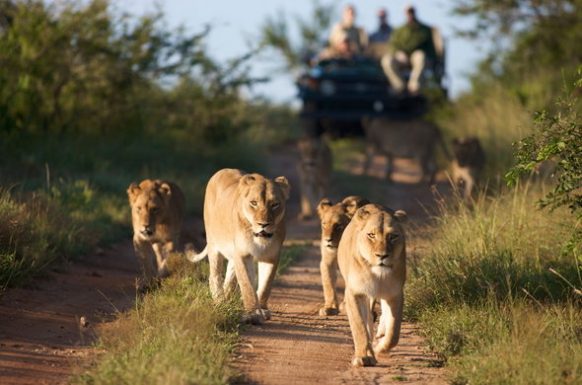
It would be difficult to go on safari without expectations of seeing the ‘king of the jungle’. Fortunately, several of Kenya’s parks feature multiple prides of lions. The Tsavo Parks are home to the appropriately named Tsavo lions, a fascinating sub-species whose males sport unusually short manes.
Samburu Park to the north also offers safari-goers a chance to see the fearsome felines as does Amboseli Park on the Tanzanian border.
But for sheer number of prides and therefore individual lions, a visit to the Masai Mara is essential. The park and its surrounding conservancies offer the best chance to watch these great predators on the prowl, especially during the season (July – October) of the Great Migration.
The Always Elusive Leopard

Sleek and mysterious, the leopard is a night hunter, on the prowl between sunset and sunrise. From its natural perch high on a tree branch, this graceful predator scans the horizon for its usual prey of grazers – antelope, gazelle, zebra, or wildebeest.
Leopards are found in the Masai Mara, Amboseli, and the Tsavo Parks but also in smaller reserves like Nakuru National Park and Ol Pejeta Conservancy. At Ol Pejeta you can go on nighttime safaris which increases your chances of a sighting
Elephants – Africa’s Giants
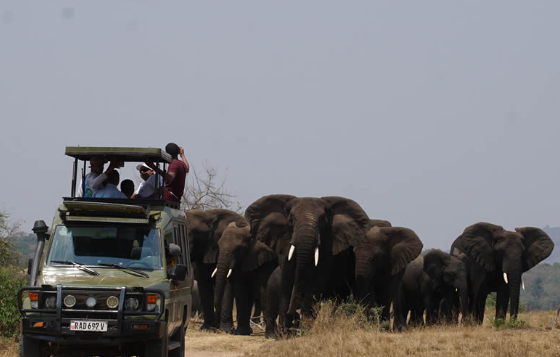
Perhaps the most beloved of the “Big Five” and maybe all of Africa’s wildlife, the mighty elephant marches through most of Kenya’s wildlife parks. You’ll see the towering pachyderm, often in family groups parading to and from their watering holes. An herbivore, the elephant is often spotted tearing off great branches of leaves on which to feed.
Samburu Park boasts an elephant population of almost 1000 of the great creatures. However, Amboseli, a smaller park has such a huge density of elephants that you are guaranteed to see them… and probably many times during your visit.
The African or Cape buffalo
This fierce animal is the only one of the “Big Five” that isn’t endangered or considered vulnerable. Amongst hunters, it was always considered the most dangerous as it was easily provoked and would charge its pursuers, especially when wounded.
You’ll find this distinctive and sometimes ornery horned bovid in almost all of Kenya’s wildlife parks.
The Shy and Unusual Rhino
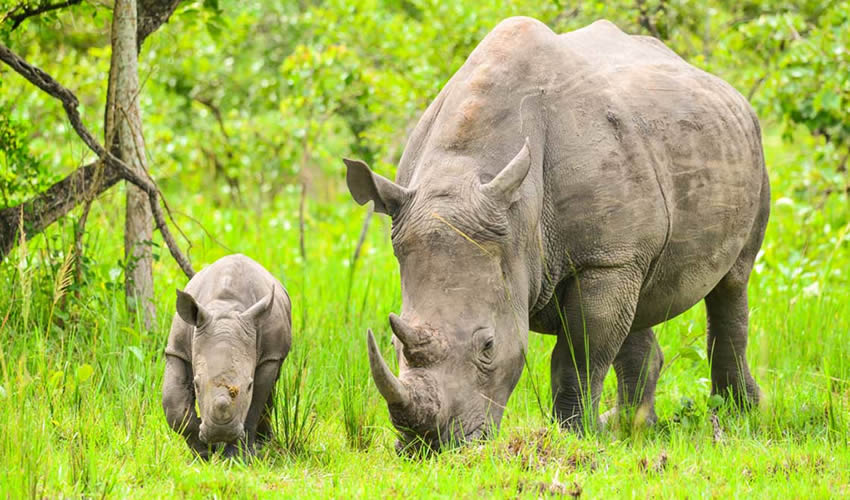
With its huge hulking body and unique set of horns rising from its nasal bridge, the big rhino is a special treat to witness. Despite their great form and threatening appearance, rhinos are quite shy, and finding them in the wild is not always easy.
Of the “Big Five”, the rhino is the most endangered and so special sanctuaries have been created for their protection from poachers and to nurture back the dwindling population.
You’ll find rhinos in most of the wildlife parks but especially in the sanctuaries harbored at Nairobi National Park, Ol Pejeta, and Lake Nakuru.
These five unique species, all with their particular story will highlight your safari and inspire awareness to protect them for future generations to enjoy.
Book a Customized Safari
GENERAL INFORMATION ON A THE BIG FIVE ANIMALS SAFARI
ENTRY REQUIREMENTS:
On A the Big Five Animals Safari in Kenya, all visitors to Kenya must have a valid passport with at least 4 consecutive blanks pages. Any applicable visa and/or relevant documentation are the responsibility of the traveller. For further information on Visa requirements visitors are advised to contact their nearest Kenya Embassy or Consulate. Apply Visa online here
LANGUAGE:
English, Kiswhali
TIME:
GMT +3
VOLTAGE:
220 Volts/AC50Hz. Sockets are UK style, 3 pin square plugs. Power is from the government in the city/major towns and generator with inverter back up in the Safari Lodges and Camps.
CURRENCY:
Foreign currency must be changed at the Bank, Bureau de Change, and Hotel/Safari lodge/Camp/Resort. Major Credit Cards, Master card, Visa, American Express, are usually accepted throughout the country. Where credit cards are accepted, the payment will normally be recorded in US$ regardless of the card’s default currency.
CLOTHING:
Dress is mainly informal and should be comfortable as well as practical. Something warm should be brought along for early morning and evenings. Safari clothes are available from hotels/lodges/camps.
BAGGAGE:
Where possible, travel light. Baggage space on safari is limited to medium suitcase or soft bag per person plus reasonable amount of hand luggage. There is 15 Kilogram per person limit on all flights to the wildlife sanctuaries. Excess luggage must be stored in your arrival hotel.
WATER:
You will find many different of opinion of what is safe and what is not. We recommend for peace of mind, to drink local Bottled Mineral water. It is important to drink plenty of water especially during the hotter months. We would recommend that guests drink at least 2 to 3 liters of water per day to limit the effects of dehydration.
HEALTH;
East Africa is a safe and secure destination; however, it is a good idea to take a few precautions. Kindly consult your GP or local doctor at least 6 weeks before you travel, with regards:
Malaria prophylactics. East Africa is a known malaria area and preventive measures are essential. You are advised to take one of the recommended anti-malarial drugs. Be sure to wear long sleeved shorts and trousers after sunset and spray the exposed parts of your body with a mosquito repellent spray
Remember to protect yourself from direct sun rays with sunscreen cream or safari hat.
DIETARY REQUIREMENTS:
For those guests with specific dietary requirement, please ensure we are notified prior to travel
GRATUITIES:
As a guideline and dependent on how happy you are, we would suggest the following:
The General Hotel/Lodge/Camp Staff – Approximately U$ 10.00 per person per day
Driver Guides – Approximately US$ 15.00 to US$ 20.00 per person per day
PHOTOGRAPHY:
Please be careful when photographing public buildings, airports, bridges, the national flag and people in uniform. Ensure that you have sought permission before photographing local people and their villages. If in doubt, please check with your guide.
Book a Customized Safari
Read about
10 Things you Should NOT DO on an African Safari.
What to expect on a safari in Uganda.
Bwindi Impenetrable National Park
How to Choose the Best Tour Operate for Your Safari in Africa
12-Day Gorilla Tracking in Bwindi
Some of our African Safaris
1 Day Jinja Ultimate tour Experience
1 Day White Water Rafting in Jinja
3 Days Bwindi Gorilla Habituation via Rwanda
3 Day Birding Safaris and Photography in Uganda
3 Day Safari to Queen Elizabeth National Park
3 Day fly in Gorilla Trekking Safari from Masai Mara
3 Day Grand Gorilla Trekking Safari
4 Day Chimpanzee and Gorilla Trekking Safari
Recent Posts
Last Minute Deals
Quick booking process
+49 1575 4711313



